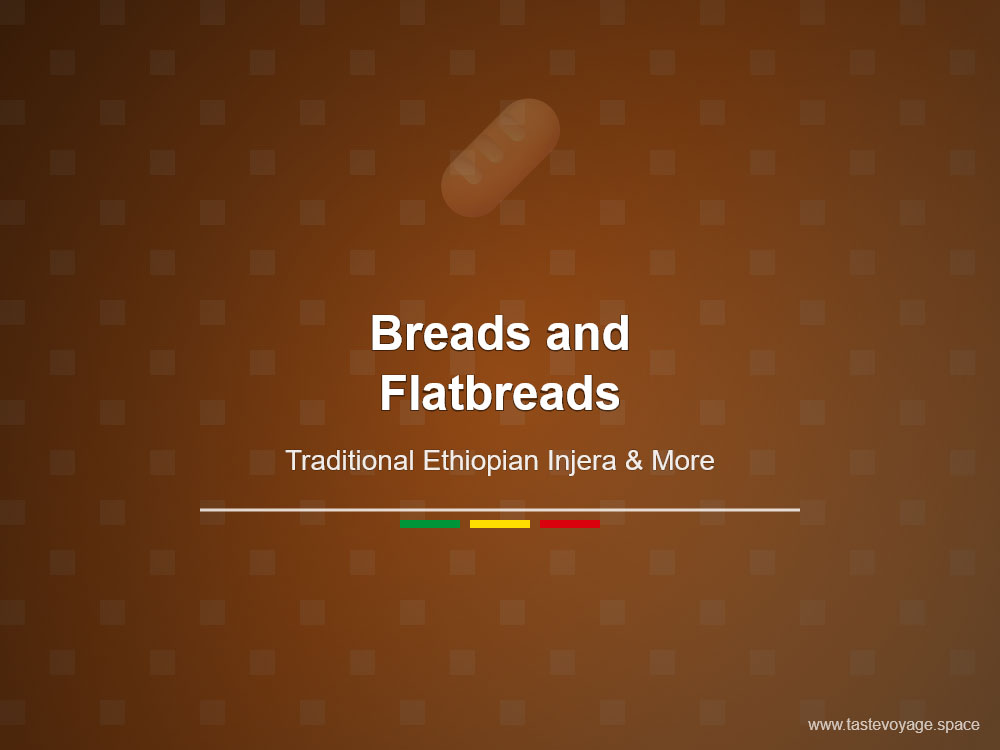How to Make Delicious Ethiopian Himbasha Bread at Home
Travel the World Through Food >> Breads and Flatbreads>>Ethiopian Cuisine>> How to Make Delicious Ethiopian Himbasha Bread at Home
How to Make Delicious Ethiopian Himbasha Bread at Home
Discovering the Rich Cultural Heritage of Ethiopian Sweet Bread (Himbasha)
Ethiopian sweet bread, known locally as Himbasha or Ambasha, holds a cherished place in the heart of Ethiopian culinary traditions. This beautifully crafted bread is more than just A Delicious treat; it embodies the warmth, hospitality, and deep cultural roots of Ethiopia. Its presence at celebrations and gatherings underscores its significance, making it an integral part of the country’s social fabric.
The Symbolism and Cultural Significance of Himbasha
Himbasha is often baked to mark special occasions such as religious holidays, weddings, or community gatherings. Its intricate designs and fragrant aroma serve as a testament to the artistry and craftsmanship of Ethiopian bakers. These designs are more than decorative; they symbolize unity, prosperity, and blessings for those who partake in the celebration. Sharing Himbasha reflects Ethiopian hospitality, inviting guests to experience a piece of the nation’s rich cultural story.
Culinary Significance and Unique Flavors
This sweet bread is celebrated for its delightful taste and inviting appearance. Made from a mixture of flour, sugar, honey, and aromatic spices, Himbasha boasts a subtly sweet flavor profile complemented by a hint of spices such as cinnamon or cardamom. Its soft, tender crumb and slightly crispy edges create an enjoyable contrast that delights the senses.
Himbasha is often decorated with intricate patterns, seeds, or toppings that add texture and visual appeal. These decorations are not merely aesthetic but are also believed to bring good fortune and happiness. The bread’s aromatic qualities and unique textures make it a favorite during festive seasons and daily communal meals alike.
The Role of Himbasha in Ethiopian Hospitality
In Ethiopia, sharing bread is a gesture of friendship and respect. Offering Himbasha to guests signifies warmth, generosity, and a welcoming spirit. Its presence at the dining table often sparks conversations and fosters a sense of community. Whether it accompanies coffee ceremonies or family celebrations, Himbasha stands as a symbol of unity and cultural pride.
Preserving a Time-Honored Culinary Tradition
The making of Himbasha is a craft passed down through generations. Each baker adds their personal touch, ensuring that this sweet bread remains a vibrant part of Ethiopian heritage. Its enduring popularity highlights the importance of food in nurturing cultural identity and collective memory. Today, Himbasha continues to be a beloved dish that connects Ethiopians to their history and traditions.
Conclusion
Ethiopian sweet bread, or Himbasha, is more than just a tasty pastry. It embodies the spirit of community, tradition, and celebration. Its intricate designs, fragrant aroma, and meaningful symbolism make it a treasured part of Ethiopia’s culinary landscape. Whether enjoyed during festive occasions or shared among friends and family, Himbasha invites everyone to experience a slice of Ethiopian culture—a true feast for the senses and the soul.
